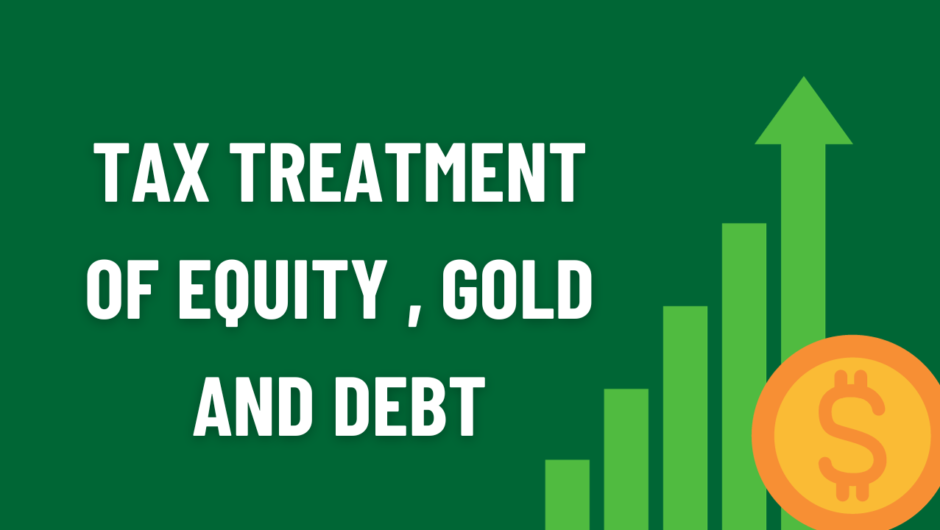Investors looking for better returns than traditional bank deposits can consider small saving schemes offered by the government of India. These schemes offer attractive returns, safety, and tax benefits, making them an ideal investment option for those seeking stable returns. In this article, we will discuss five small saving schemes that offer better returns than bank deposits, including the Public Provident Fund (PPF), National Savings Certificate (NSC), Kisan Vikas Patra (KVP), Sukanya Samriddhi Yojana (SSY), and Post Office Time Deposit (POTD). We will also highlight the features, benefits, and risks of each scheme to help investors make an informed decision.
Public Provident Fund (PPF)
Public Provident Fund (PPF) is a popular small saving scheme offered by the government of India. It is a long-term investment option with a tenure of 15 years and a minimum investment of Rs. 500 per year. The maximum investment limit is Rs. 1.5 lakh per year. PPF offers a tax-free return of 7.1% per annum, which is higher than bank deposits.
One of the key benefits of PPF is its tax-saving feature. The investment amount, interest earned, and maturity amount are all tax-free under Section 80C of the Income Tax Act. Additionally, PPF offers flexibility in terms of partial withdrawals and loans against the balance.
However, PPF has a lock-in period of 15 years, which means that investors cannot withdraw the funds before maturity except under certain circumstances such as medical emergencies or higher education expenses. The interest rate on PPF is subject to change every quarter, which can affect the returns.
Investors looking for a safe, long-term investment option with tax benefits and attractive returns can consider investing in PPF.
National Savings Certificate (NSC)
National Savings Certificate (NSC) is another small saving scheme offered by the government of India. It is a fixed-income investment option with a tenure of five or ten years. NSC offers a return of 6.8% per annum, which is higher than bank deposits.
NSC has a minimum investment amount of Rs. 100 and no maximum investment limit. The investment amount is eligible for tax deduction under Section 80C of the Income Tax Act, up to a maximum limit of Rs. 1.5 lakh per year. The interest earned is taxable, but it can be reinvested to avail tax benefits under Section 80C.
One of the advantages of NSC is that it is a safe investment option, backed by the government of India. It offers fixed returns and can be a good option for risk-averse investors. However, NSC has a lock-in period, which means that the funds cannot be withdrawn before maturity except under certain circumstances.
Kisan Vikas Patra (KVP)
Kisan Vikas Patra (KVP) is a small saving scheme offered by the government of India. It is a fixed-income investment option with a tenure of 124 months, which is roughly ten years and four months. KVP offers a return of 6.9% per annum, which is higher than bank deposits.
KVP has a minimum investment amount of Rs. 1,000 and no maximum investment limit. The investment amount doubles after 124 months, which translates to an effective return of 6.9% per annum. The investment amount is eligible for tax deduction under Section 80C of the Income Tax Act.
One of the benefits of KVP is that it is a safe investment option, backed by the government of India. It offers fixed returns and can be a good option for risk-averse investors. However, KVP has a lock-in period, which means that the funds cannot be withdrawn before maturity except under certain circumstances.
Sukanya Samriddhi Yojana (SSY)
Sukanya Samriddhi Yojana (SSY) is a small saving scheme offered by the government of India, specifically designed for the girl child. It is a fixed-income investment option with a tenure of 21 years or until the girl child reaches the age of 18, whichever is earlier. SSY offers a return of 7.6% per annum, which is higher than bank deposits.
SSY has a minimum investment amount of Rs. 250 and a maximum investment limit of Rs. 1.5 lakh per year. The investment amount is eligible for tax deduction under Section 80C of the Income Tax Act, up to a maximum limit of Rs. 1.5 lakh per year. The interest earned is also tax-free.
One of the advantages of SSY is that it is a safe investment option, backed by the government of India. It offers fixed returns and can be a good option for those looking to save for their daughter’s future expenses, such as education, marriage, etc. However, SSY has a lock-in period of 21 years, which means that the funds cannot be withdrawn before maturity except under certain circumstances.
Post Office Time Deposit (POTD)
Post Office Time Deposit (POTD) is a small saving scheme offered by the Indian Postal Department. It is a fixed-income investment option with different tenures ranging from 1 year to 5 years. POTD offers a return of up to 5.5% per annum, which is higher than bank deposits.
POTD has a minimum investment amount of Rs. 1,000 and no maximum investment limit. The interest rate is higher for longer tenures, and the interest earned is taxable. The investment amount is eligible for tax deduction under Section 80C of the Income Tax Act.
One of the benefits of POTD is that it is a safe investment option, backed by the government of India. It offers fixed returns and can be a good option for risk-averse investors. However, POTD has a lock-in period, which means that the funds cannot be withdrawn before maturity except under certain circumstances.
Conclusion and Recommendations
Small saving schemes are popular investment options for risk-averse investors who seek steady returns. These schemes are backed by the government of India, which makes them safe and reliable. In this article, we have discussed five such small saving schemes that offer better returns than bank deposits.
Investors looking for a long-term investment option can consider investing in Public Provident Fund (PPF), National Savings Certificate (NSC), or Sukanya Samriddhi Yojana (SSY). For those looking for a medium-term investment option, Kisan Vikas Patra (KVP) and Post Office Time Deposit (POTD) can be good choices.
However, before investing in any of these schemes, investors must consider factors such as their financial goals, investment horizon, risk appetite, and tax implications. They should also compare the interest rates and other features of these schemes before making a decision.
Also Read:
- WHAT ARE THE 5 BEST INVESTMENTS IN INDIA?
- HOW CAN I PLAN MY FINANCIAL FUTURE IN INDIA?
- What is Bitcoin SV? BSV Price prediction 2025 to 2030
- Employee evident fund (EPF): Everything you need to know.

Hello, I am Tanisha Kriplani, graduated in computer science from Delhi University. I am passionate about web content writing and have a strong interest in Data Analytics and Data Engineering.












